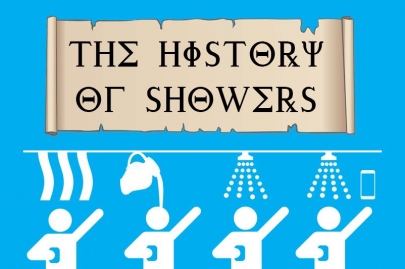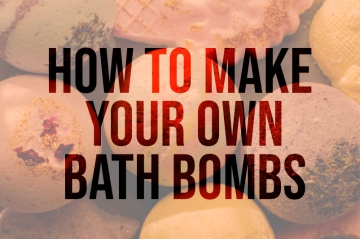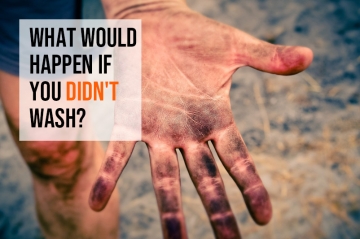The History of Showers

The History of Showers
Throughout the course of history, people have searched for the most effective way to clean themselves. From nomadic tribes of early humans stopping to wash themselves in a river, to modern society enjoying daily showers with readily running water. Today, more than 85% of British homes feature some form of a shower, making it one of the most popular forms of personal hygiene in the world. The shower has a history that dates back thousands of years and the stories behind its inspiration stretch back even farther.
Before Showers
The earliest form of showers was a feature of nature that inspired countless imitations: waterfalls. Ancient humanity recognised that waterfalls were far more effective for cleaning themselves than still water or even rivers, as well as providing a constant supply of drinking water. The combination of gravity, intensity and a constant supply of fresh water meant that waterfalls were the best way of getting clean, more so than early basins. Basins demanded that a large volume of water be transported from its source to the home of the bather, making it impractical for anyone lacking a great deal of dedication (or slaves). The ease of use and cleaning power of waterfalls mean they have remained a popular means of showering for many thousands of years. Though waterfalls required little effort on the part of their users, they were an early indication of human ingenuity and the desire for a more powerful cleaning method.
Egypt
In an attempt to replicate the effect of waterfalls, people collected jugs of water and used them to rinse themselves (a potentially dangerous tactic in the winter months when it could be near freezing). Wealthy and important Egyptians would sometimes use their servants to collect water in jugs and then be cleaned in private shower rooms. One major benefit of showering rather than bathing, at least for the servants, was that it required considerably less water to be transported from its source. Evidence survives of basic drainage systems but the logistics of having water carried and poured over somebody by their servants were beyond the average person.
Greece
Ancient Greece displays relics of the earliest surviving shower systems, with water carried into cities via aqueducts and drained through cutting edge sewers. In contrast to the earlier Egyptian equivalent, these Grecian showers didn't require servants to retrieve water, meaning they were accessible to both the elites and commoners. Surviving Greek art displays large groups of people sharing communal showers. This allowed for an unprecedented level of widespread personal hygiene, one that the Roman Republic replicated with their bathhouses. Another aspect of Greek society that the Romans inherited was the notion of bathhouses as a social setting; by making the act of personal hygiene into a chance to socialise, regular showering was encouraged.
Rome
Roman bathhouses were separated into two types: balneae, which were smaller facilities that were present in smaller towns and private villas, and thermae, which were larger complexes built for the use of the city population. Roman bathhouses contained both bathing and showering facilities and had the added benefit that water was heated with log fires before being directed into the shower rooms, making these some of history's earliest warm showers. The Romans encouraged the use of these facilities several times a week, sometimes multiple times per day. Showers spread across the breadth of Roman civilization, with evidence of their bathhouses and sewer systems present in many countries across modern Europe and North Africa.
Despite the significant advances made during the Ancient Greek and Roman civilizations, the technology used to create these early showers was essentially lost with the fall of the Roman Empire. It would take centuries for showers with plumbing to enter popular use again.
Mechanical Showers
Mechanical showers would make their first appearance in 1767 when a stove maker from London, William Feetham, patented his showering device. This device was operated with a hand pump, which filled a container above the shower head, and then released water onto the user when they pulled on a chain. Though this system was obviously more efficient than having servants transport and pour water by hand, there were some significant drawbacks to it. There was no way of adding hot water, meaning it would be room temperature at best (extremely unpleasant during winter) and the system would continually reuse the same water, a major detriment to cleanliness. As a result of these issues, Feetham's shower system failed to gain popularity among the wealthy. The ensuing decades would see several variations on this basic design but none of these would address the main obstacles to it gaining greater success and popularity.
Showers would move significantly nearer to their modern style in the early 1800s with the invention of the Regency Era design. In its earliest form, the Regency shower was a three metre tall unit formed of a water basin suspended by five metal pipes, which were painted to look like bamboo for a more natural appearance. The bottom of the basin connected to a nozzle that dropped water onto the user from above. Unlike Feetham's earlier showering device, the stylish appearance and ease of use of the Regency Era shower (which included being able to pour warm water directly into the basin) made them a major success with the upper classes. The following decades would see frequent improvement to this design, with hand pumps that allowed users to refill the basin without assistance and features such as adjustable nozzles to control water flow, which survive to the present day.
Indoor Plumbing
During the mid-1800s, indoor plumbing technology transformed showers. For the first time in Britain, a running water supply meant that showers could use clean, fresh water instead of having to recycle a finite amount of dirty water. In the 1870s, French doctor and inventor François Delabost encouraged the installation of these modern showers, first in a prison, then army barracks. Delabost reasoned that communal showers were far more efficient and hygienic than having dozens of prisoners or soldiers taking individual baths in the same bathtubs. A steam engine heated water in less than five minutes, then it was pumped to eight shower stalls. By utilising this method, it was possible for eight people to shower at the same time, using just twenty litres of water. With word of this system's success, other armies embraced the technology and it quickly spread to prisons, boarding schools and public bathhouses across Europe by the early 1900s.
Throughout the 1900s and into the 2000s, the spread of running water, improvements in sewerage and the addition of hot water boilers and the introduction of electric showers meant that showers could become ever more powerful and refined. Victorian needle showers featured in some athletic clubs and private residences and had a number of water jets that were aimed at the body from every direction. This is a clear precursor to modern day body jets in showers but its proponents boasted of a number of health benefits which were likely inaccurate. The needle shower was not only intended to keep the user clean but also to massage their internal organs. While there are a number of therapeutic benefits to high pressure body jets, massaging the liver is no longer said to be one of them.
Modern Innovations
The rain shower was also known as a spray bath and featured a fixed head that was aimed either directly at the floor or slanted towards the user. This design was very similar to modern showers and is probably familiar to anyone who has showered in an old swimming pool changing room. The introduction of electric showers in the 1960s made showers more obtainable for a greater number of people, due to only requiring a cold water supply and being able to heat water almost instantly. The 1980s saw a diversifying of shower accessories, with items such as stylish shower heads, body jets, lighting and designer trays making their way into the marketplace, where they have been present ever since.
From its origins in the natural world to the bathhouses of Greece and Rome, showers are now present in every corner of the Earth. It's difficult to imagine modern life without them, in our homes, gyms, schools, hotels and even mobile showers on trains and buses. With the busy lifestyles of the modern world and increased awareness of water consumption, showers are more popular than ever and today's designs offer efficient cleaning and a relaxing experience on a level that could have never been imagined centuries ago.
Related Posts
Sometimes the inventions which have had most impact on our everyday lives are the ones which we take the most for granted. Where would we be without the wheel, writing or even the internet? Another invention which we take for granted is the access to toilets and sewerage system, and it's not until you visit other countries which don't come up to Western European standards that you realise just how fortunate we are.
Don't want to have to pay for bath bombs? Here is how you can try and make your own bath bombs to add to your bath.
We are very lucky in the country to have clean running water to enable us to keep clean but what would happen if you didn't or couldn't wash for an extended period of time? We take a look.




